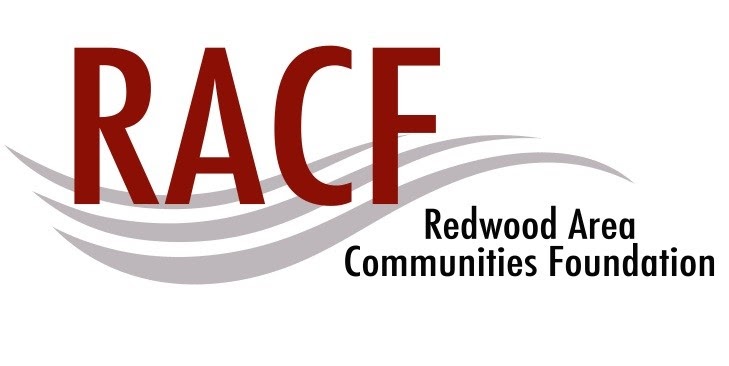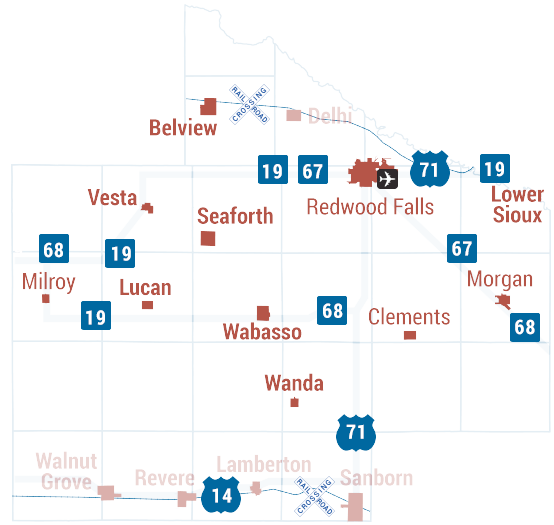Minnesota is a state divided in terms of Internet
Monday, December 01, 2014
West Central Tribune
The report by Connect Minnesota shows greater Minnesota-large city disparities as well as differences among the state’s mostly rural counties.
While such disparities may just frustrate an online gamer, they can cost rural businesses money.
“It’s a big need (and the) one problem we have,” Justin Dukek of Captive Advertising in north central Minnesota’s Bagley said in a recent Greater Minnesota Partnership meeting. “For a lot of our design work, we need to communicate with customers. It’s frustrating because we want to be here.”
State officials heard that message from across the state and earlier this year provided $20 million in grants that will be awarded soon to parts of the state, mostly in rural areas, that experience slow Internet speeds. The private Blandin Foundation also provides assistance.
Officials say more than $3 billion in private, foundation and government money is needed to bridge the state’s digital divide.
Connect Minnesota Program Manager William Hoffman said private organizations such as cooperatives, telephone companies and cable television firms in many places have stepped up with their own money to expand fast broadband. That makes for the differences among rural counties.
“In some cases, the providers have made the investment to offer those speeds and higher, and for others there hasn’t been that investment,” Hoffman said.
“Without question, it has been private investment” that allowed for rural broadband progress so far, Hoffman said.
Executive Director Danna MacKenzie of the newly established state Office of Broadband Development said high-speed Internet service is spotty. “We have some pockets of very well served areas in this state,” she said, while others are lacking.
An example comes from west central Minnesota.
Connect Minnesota reports that 16 percent of Douglas County homes have access to the state minimum Internet speed. Stevens County, adjoining Douglas to the southwest and home to the University of Minnesota Morris, reports 99 percent availability.
The biggest difference is speed of services between greater Minnesota and the Twin Cities. Overall, 63 percent of greater Minnesota homes have access to 10 megabits per second download speed (downloading data from Internet) and 6 Mbps upload speed (uploading data to Internet), the standards legislators put into law as the slowest acceptable speed. Across the state, including the Twin Cities, 78 percent of homes can get a fast connection.
Rural counties such as Aitkin may not meet the goal set in law, but most residents still have broadband access. In Aitkin, for instance, nearly 72 percent of the homes have access to speeds a fraction of the goal in that law.
Lawmakers established the 10-6 goal because that speed “will allow the vast majority of people do the vast majority of things they want to do,” Hoffman said. “That’s today.”
Even so, that is slow for many of today’s needs, not to mention speeds needed in the future as everything from garage doors (for checking remotely to make sure it is closed) to thermostats (allowing a warm welcome home) will be connected to the Internet.
MacKenzie said the $20 million in grants her department is about to distribute will go to establish broadband service at least 100 Mbps upload and download speeds.
“We are moving toward a society where we want everybody to be creators and not just consumers,” she said, which means people especially need faster pipelines to upload data to the Internet. The emphasis often has been placed on downloading data.
Minnesota ranks 23rd in overall Internet speed, although many with faster speeds are much more compact states, such as Delaware. One of Minnesota’s goals is to be in the top five of broadband speed and access.
Speeding up the Internet is only fair for Minnesotans, Chairwoman Margaret Anderson Kelliher of the Governor’s Broadband Task force said in a report to lawmakers earlier this year.
“Access to high-speed connections across Minnesota is a matter of economic justice, fairness, and opportunity for all Minnesotans,” the former state House speaker said.
Broadband advocates such as Public Policy Director Bernadine Joselyn of the Blandin Foundation, which provides rural Minnesota needs with a variety of financial assistance, say they are optimistic.
“We’re getting closer, and we’re more inspired than ever,” Joselyn said. “We see some amazing leadership coming from communities and the state, and we’ll need that as Minnesota works to achieve its broadband goals.”
Hoffman said that with recent emphasis on the subject, “Minnesota, I think, is positioned well ... to have a real focus on broadband issues.”
Broadband maps for Redwood County can be found at:
http://www.connectmn.org/mapping/counties
Category: Broadband, Internet






.jpg)
